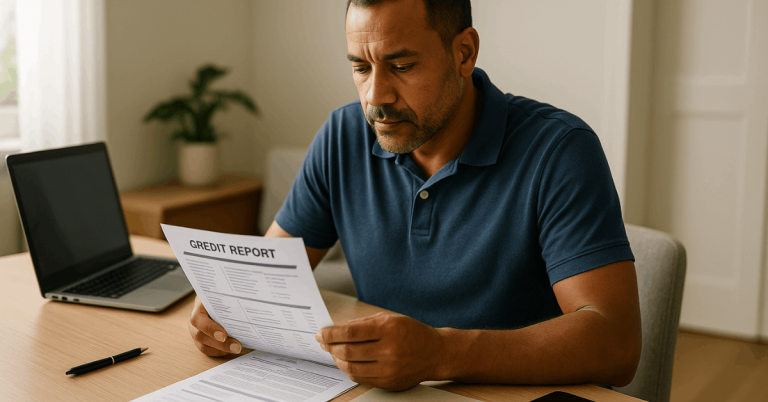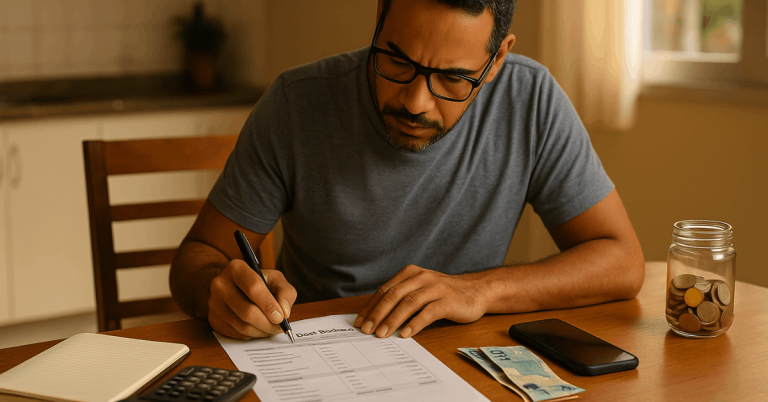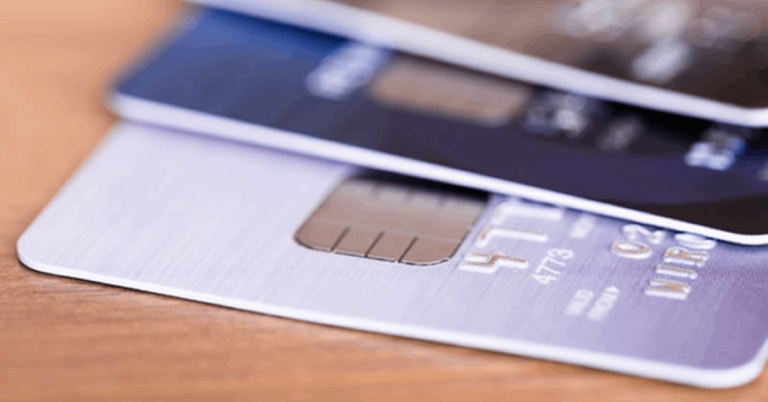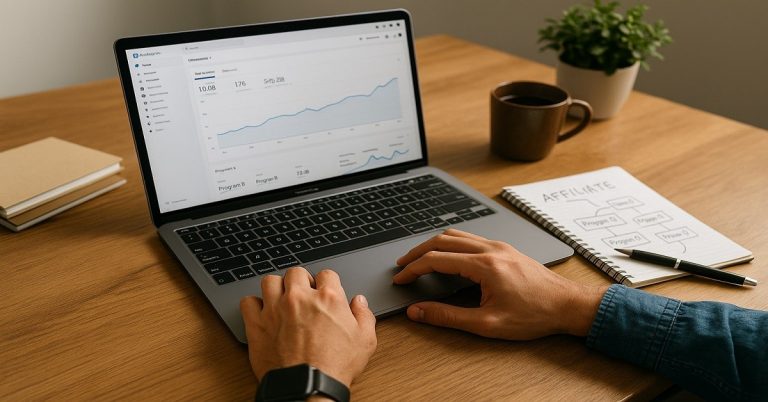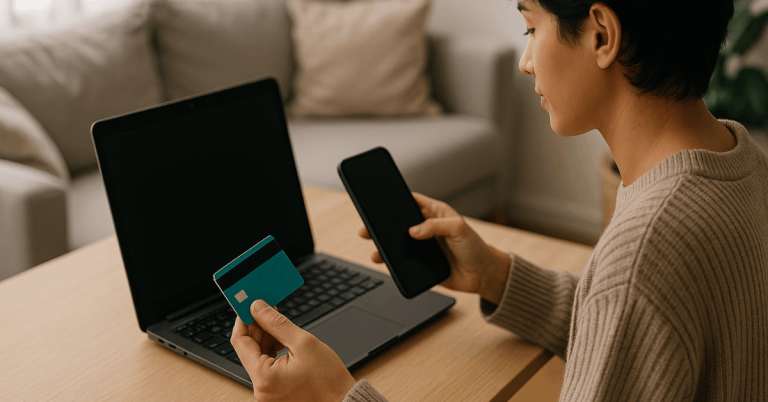If you want financial calm in uncertain times, start with this beginner’s guide to emergency fund planning built for real life and steady progress.
You will learn why an emergency reserve matters, what to weigh before saving, and how to set up a flexible system.
The guidance favors simple steps, safe accounts, and habits that protect your momentum. By the end, you will know how to start today and keep your fund growing without stress.
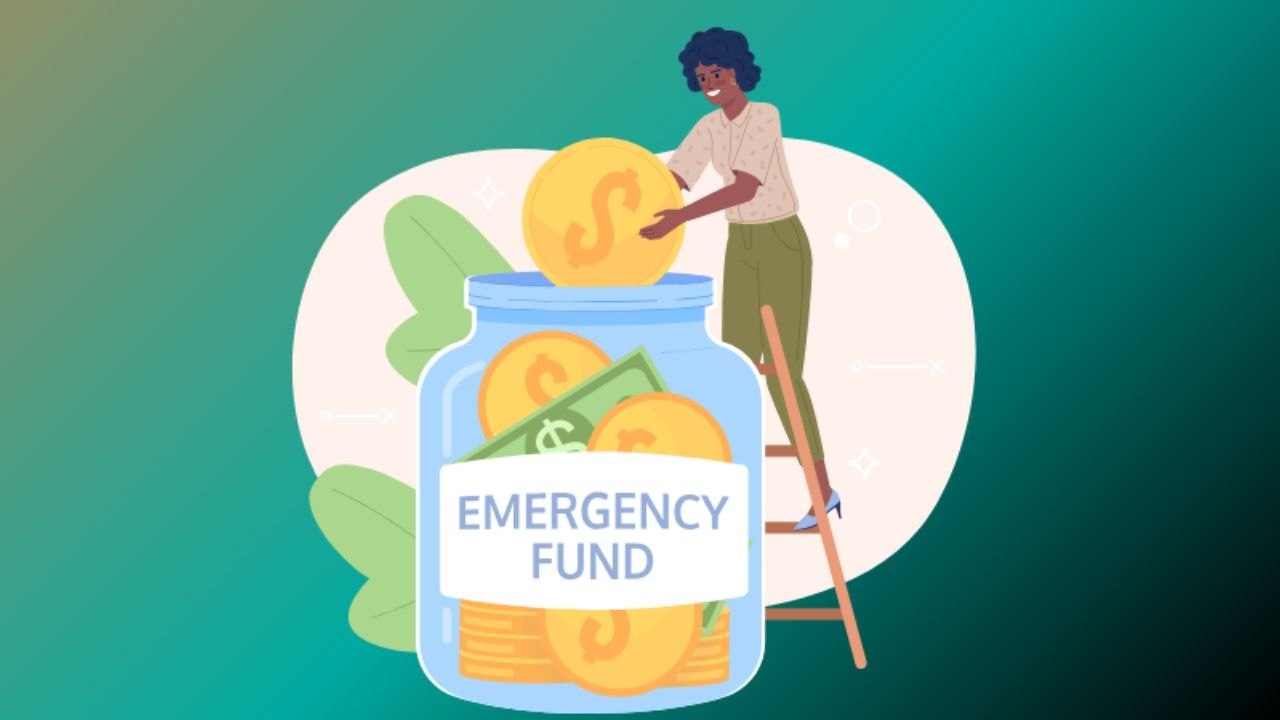
Why an Emergency Fund Matters for Every Household
An emergency fund shields your budget from shocks that would otherwise derail goals. It prevents small setbacks from turning into high-interest debt that lingers for months.
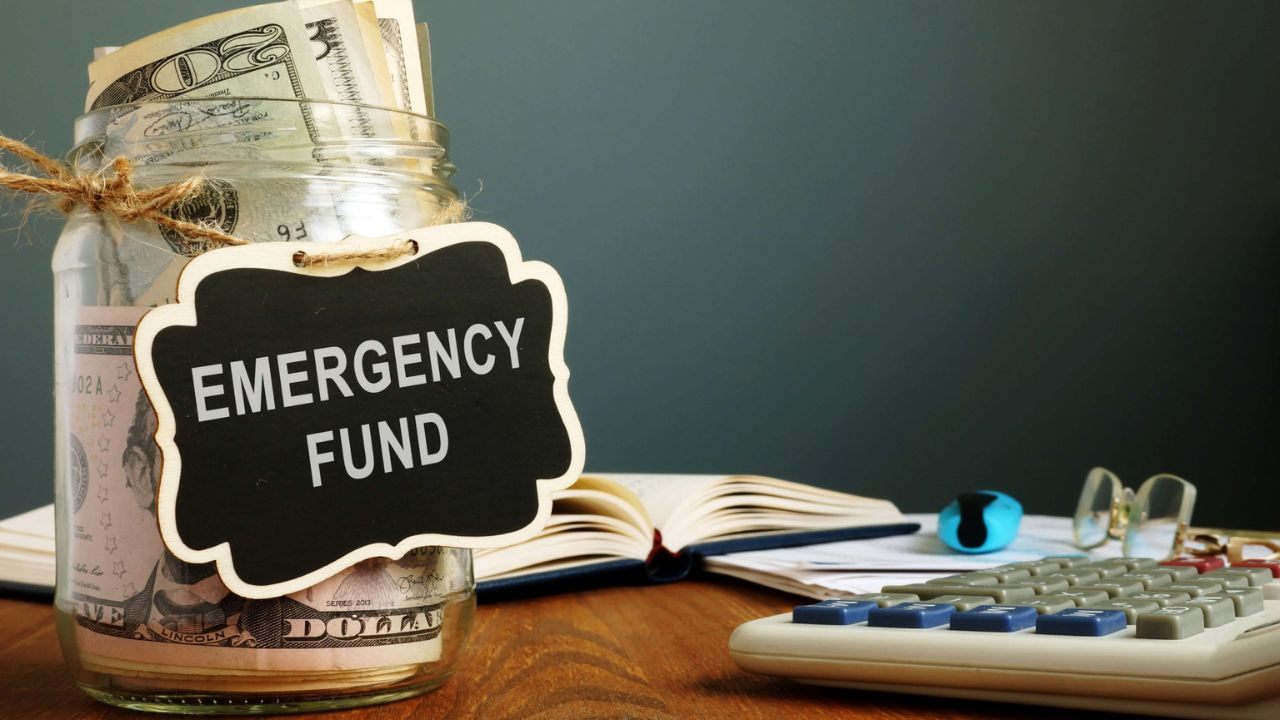
When cash is ready, decisions are smarter because panic does not steer your choices. This section explains the core reasons to prioritize a reserve before almost any other financial move.
Income Shocks and Job Loss Readiness
Employment can change quickly, and hiring cycles rarely match your bill due dates. A dedicated reserve covers housing, utilities, and groceries while you search and negotiate.
With a cushion, you can wait for a better offer instead of taking the first option. That time buys better pay, better fit, and less long-term stress.
Medical and Home Repair Surprises
Unexpected medical bills or urgent home repairs do not wait for payday or bonus season. Cash on hand lets you choose timely treatment and quality contractors without credit strain.
You avoid deferring care or stretching maintenance that becomes costlier later. An emergency fund turns breakdowns into solvable logistics rather than spiraling crises.
Debt Avoidance and Credit Score Protection
Using savings instead of credit keeps balances low and utilization healthy across your cards. Lower utilization and on-time payments support stronger scores, which reduce future borrowing costs.
You also sidestep cash advance fees and penalty APRs that appear during desperate moments. Savings protect both your budget and your credit profile at the same time.
Peace of Mind and Better Everyday Decisions
Knowing bills are covered makes daily tradeoffs easier and calmer. You can focus on work, family, and health instead of juggling due dates and fees.
That mental space helps you stick to a budget and avoid impulse purchases. Confidence grows because you are prepared for the ordinary chaos of life.
What to Consider Before You Build Your Fund
The right plan is personal, but a few universal factors shape a strong reserve. You want a realistic target, a safe account, and a contribution plan that fits cash flow.
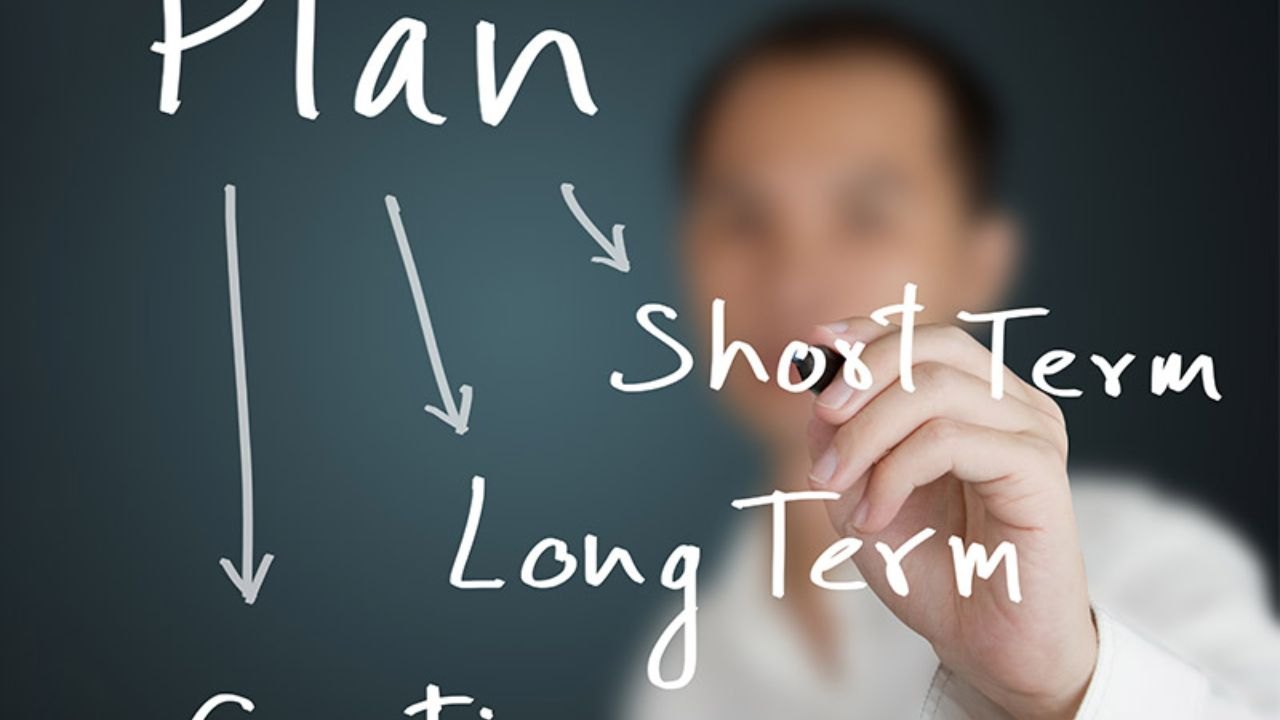
Liquidity, access, and automation matter more than chasing yield in risky places. This section lays out what to decide before moving money.
Ideal Fund Size and Practical Timeframes
A starter goal equal to one month of essential expenses builds quick momentum. After that, many households aim for three to six months based on job stability and dependents.
Seasonal workers or commission earners often choose a larger range for extra cushion. Pick a milestone for ninety days from now and another for the end of the year.
Choosing the Right Account Type for Safety and Access
Emergency cash belongs in an insured, liquid account that does not fluctuate in value. A separate high-yield savings account keeps funds visible yet out of daily spending reach.
Transfers should arrive within one to three days, with no penalties for withdrawals. Avoid locking the core fund in investments that can drop right when you need cash.
Liquidity, Transfer Speed, and Separate Access
Create separation by using a different bank or a clearly labeled subaccount. Link it to your checking account for quick pulls without mixing balances during routine spending.
Confirm transfer limits and daily cutoffs so you know how fast money arrives. Keep a small buffer in checking to avoid delays or overdrafts while transfers clear.
Automation, Contribution Cadence, and Paycheck Timing
Automate transfers on payday so savings happen before spending decisions begin. Smaller, frequent transfers feel painless and build totals faster than sporadic large moves.
If your pay is irregular, schedule a minimum transfer and top up after deposits. The habit matters more than the amount during the first few months.
Inflation, Interest, and Tax Considerations
Rates change, but the fund’s job is stability first and yield second. Favor accounts that credit interest monthly and compound quietly while you ignore them.
Track interest for taxes if required and keep statements for simple reporting. If yields fall, the protection value of liquid cash still outweighs the difference.
How to Start Your Emergency Fund from Zero
Starting is easier when you build a simple, repeatable system that runs in the background.
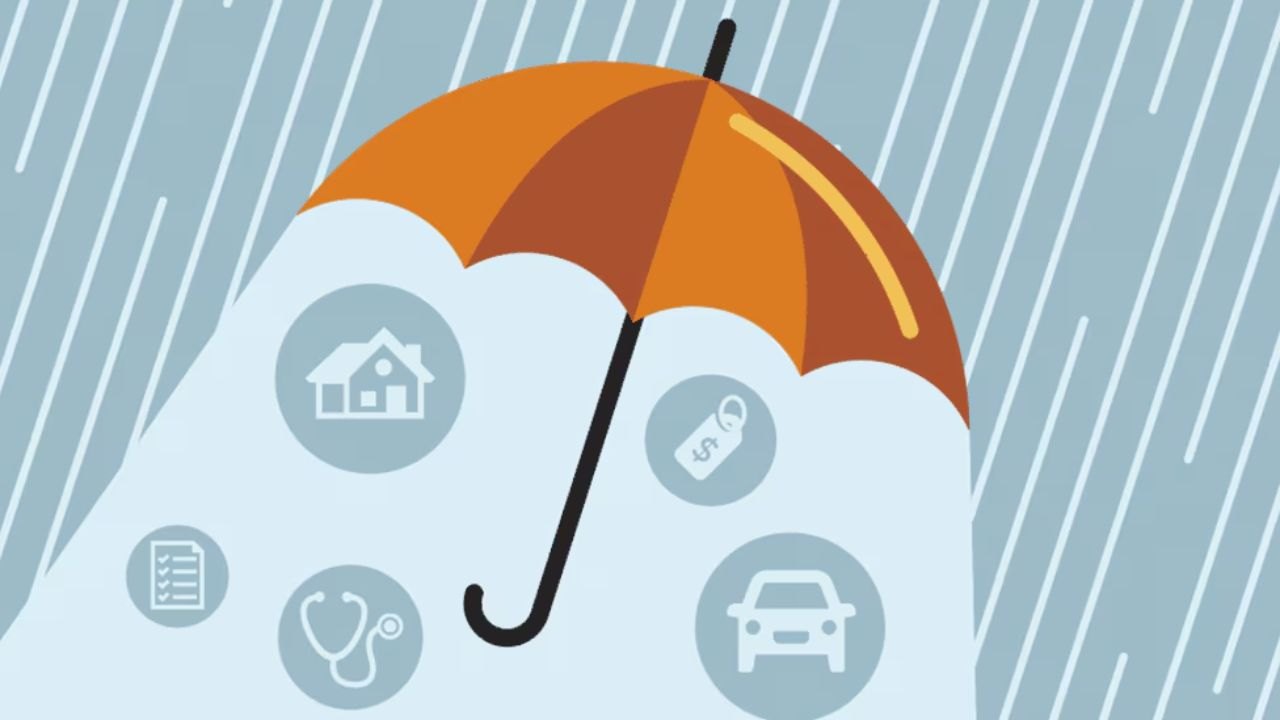
You will set a first target, open the right account, and automate progress. Early wins encourage consistency, which is the real engine of growth. This section shows the practical steps to begin today.
Set a Starter Target and Realistic Milestones
Choose a first target like five hundred dollars or one paycheck’s worth of essentials. Break it into weekly or biweekly transfers that fit your existing commitments.
Add a date to the calendar and review progress at the halfway point. Celebrate the moment you hit the starter target to lock in motivation.
Open a Safe, Separate Account and Label It Clearly
Create a dedicated savings account whose only purpose is emergencies, not travel or gifts. Use a distinct name so you see the boundary every time you log in.
Link it to checking for quick transfers while keeping daily cards unlinked. Visual separation reinforces discipline when temptations appear.
Automate Transfers and Align with Cash Flow
Set an automatic transfer on each payday and start with a number that feels easy. If money gets tight, reduce the amount rather than turning automation off.
Add an end-of-month sweep that moves leftover cash into the fund. Two small rules beat one ambitious rule that fails under pressure.
Free Up Dollars by Trimming and Redirecting
Identify one subscription, one dining habit, and one impulse category to shrink for ninety days. Redirect the savings automatically to the fund the day after payday.
Windfalls like tax refunds, bonuses, and marketplace sales can jump you to the next milestone. Each redirect compounds progress without adding more rules to remember.
Track Progress Visually and Adjust Quarterly
Create a simple progress bar or balance snapshot you see each week. If income changes, adjust transfers and update the next milestone date.
When you hit three months of essentials, reassess your risk and comfort level. Keep reviewing every quarter so the fund grows with your life.
How to Use and Refill Your Emergency Fund Wisely
A good plan defines emergencies clearly and sets rules for withdrawals and refills. You will protect the fund by avoiding lifestyle spending disguised as urgent.
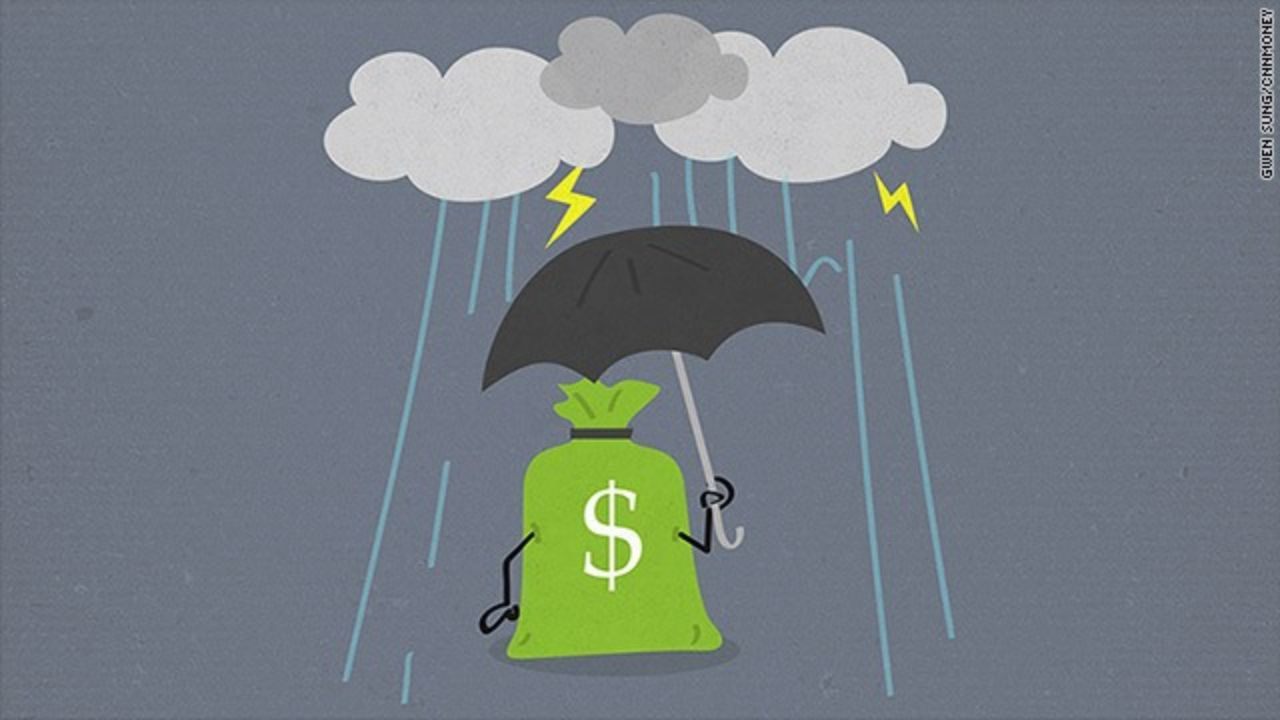
After using the reserve, you will rebuild with structure rather than guilt. This section explains how to keep the engine strong after real-world use.
Define True Emergencies and Spot Non-Emergencies
Emergencies are unexpected, necessary, and time sensitive, like medical bills or essential repairs. Sales, vacations, and upgrades are not emergencies even when discounts are tempting.
When in doubt, wait twenty-four hours and check the budget categories first. Clarity prevents slow leaks that weaken the fund over time.
Plan Withdrawal Order, Documentation, and Replacement
Withdraw only what you need and keep receipts plus notes on the event. If the expense is recurring, update your budget so it does not trigger future withdrawals.
Schedule a replacement plan by increasing transfers for a set number of pay periods. Refill momentum matters more than returning to the exact old schedule.
Rebuild After a Major Drawdown with Phases
When a big event empties the fund, rebuild in clear stages with fresh milestones. Resume transfers at a higher amount for a limited window, then taper to normal.
Add any windfalls to accelerate the refill and compress the recovery timeline. Celebrate each stage so motivation stays high for the long rebuild.
Advanced Tips for Stronger Financial Resilience
Once the foundation is solid, refine the system to handle bigger surprises. You can coordinate insurance, budgets, and career risks with the size of your fund.
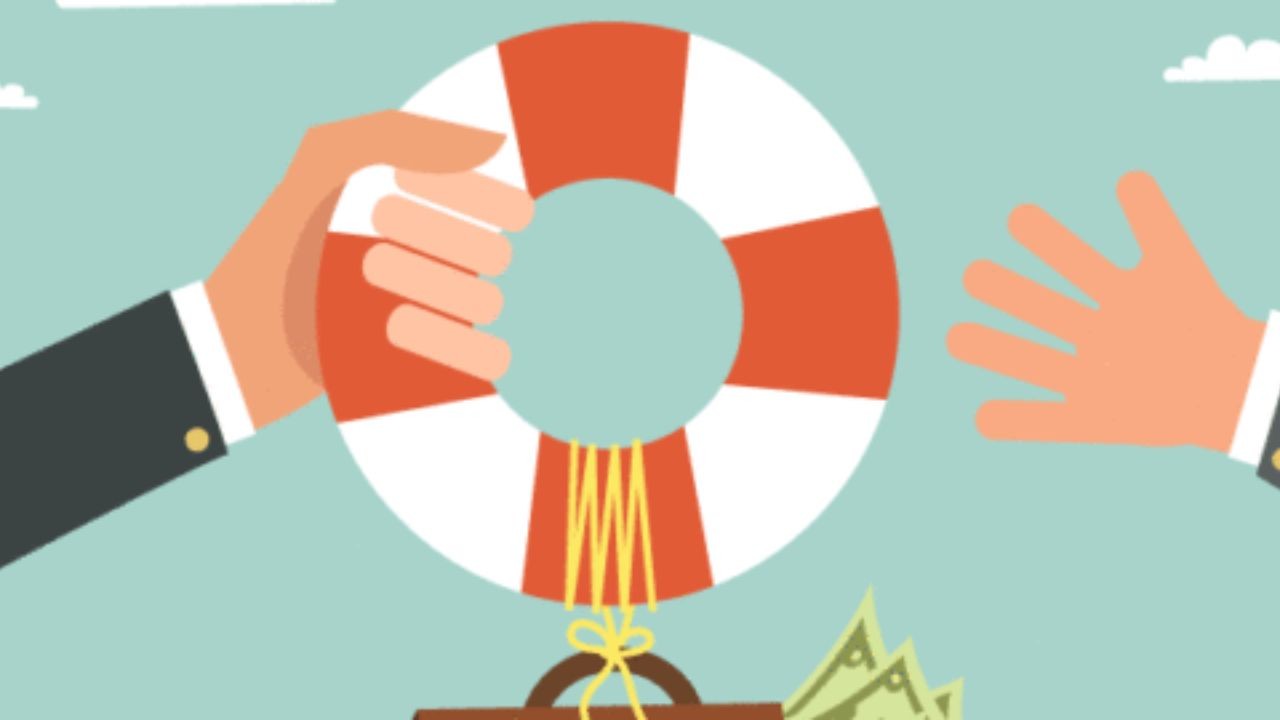
Families and freelancers may need special adjustments that keep stress low. This section offers refinements that scale with life complexity.
Pair Insurance Coverage with the Right Cash Buffer
Review deductibles for health, auto, renters, or homeowners policies and match cash to those numbers. Higher deductibles can lower premiums if your fund can handle the gap.
Keep policy details handy so you know what is reimbursable during claims. Cash plus coverage turns emergencies into manageable projects.
Align Fund Size with Career and Household Changes
If you are self-employed or rely on variable commissions, consider a larger reserve. Households with children or dependents often raise targets to account for care costs.
Dual-income families in stable fields may choose the lower end of the range. Revisit targets during job changes, moves, and major life events.
Coordinate Budgets, Sinking Funds, and Short-Term Goals
Use your monthly budget to prevent emergency fund raids for predictable expenses. Create separate sinking funds for car maintenance, gifts, or travel that you can pause if needed.
Keep the emergency fund for truly unpredictable events and guard it with rules. Clear roles make every dollar work harder with less confusion.
Keep Cash Portable with Clean Records and Access
Maintain up-to-date contact info, beneficiary designations, and linked accounts for smooth transfers. Store account details securely where a trusted person can access them in a real emergency.
Use strong passwords and multifactor authentication for both banks and email. Good hygiene keeps your safety net ready when minutes matter.
Conclusion
You now have a practical roadmap grounded in this beginner’s guide to emergency fund planning that favors clarity and action. Start with a safe, separate account, automate small transfers, and protect withdrawals with simple rules.
Refill in phases after use, align size with risks, and review quarterly so the system stays accurate. With steady habits and a clear structure, your emergency fund will turn uncertainty into manageable steps and long-term financial confidence.


